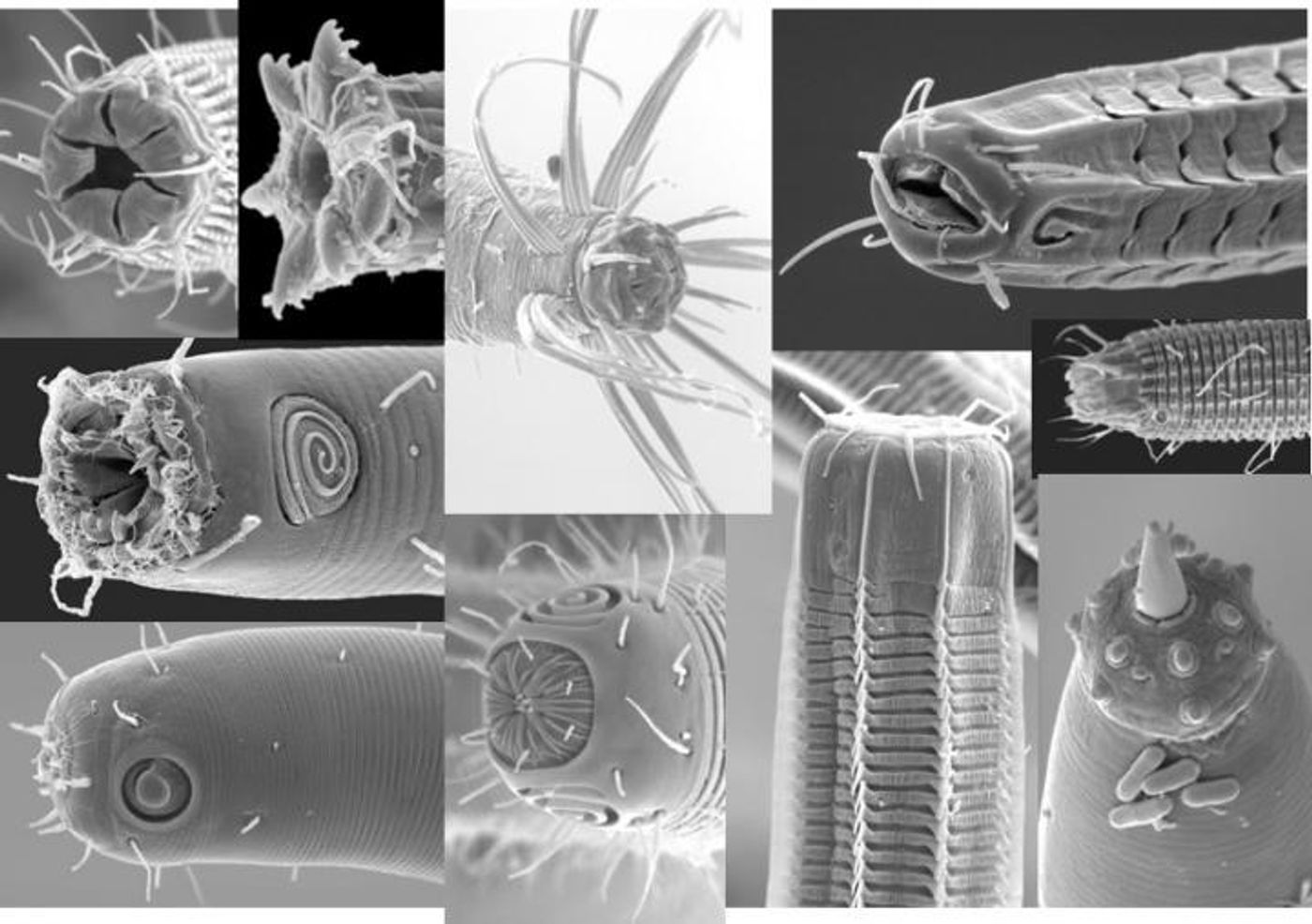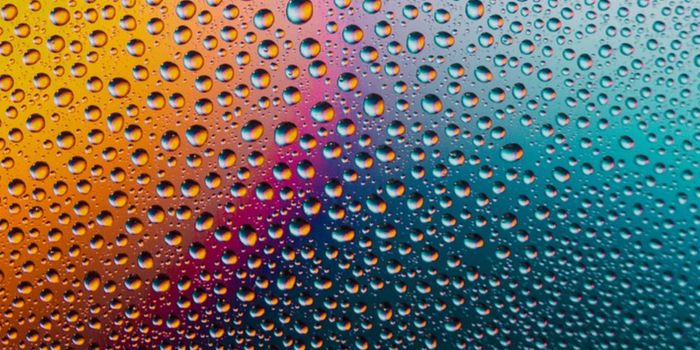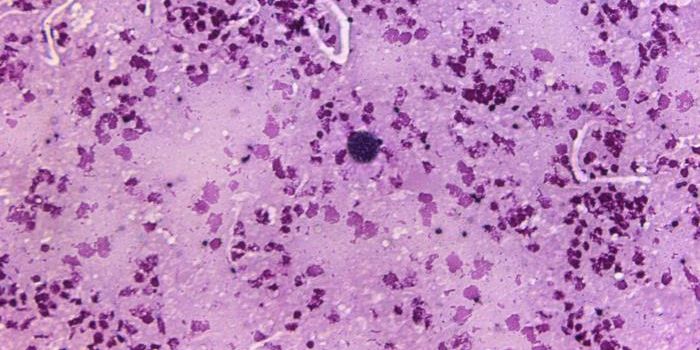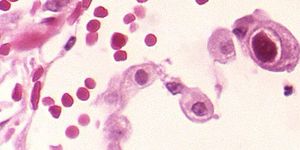The Microbiome of Nematodes Reveals Their Diversity
Nematodes are tiny worms, and the floors of the world's oceans are crawling with them. There might be hundreds of millions of different species of these worms, just within one square meter of sediment down there. So how are all of these crowded organisms getting enough nutrients to survive? University of California, Riverside scientists wanted to investigate that question and began by looking at the gut microbes that live within these worms to learn more about the role they may play. As it turned out, however, they don’t seem to have one.
Reporting in Molecular Ecology, the nematodes that have similar microbiomes are not necessarily closely related; the two characteristics don’t correlate. The study, led by Holly Bik, an assistant professor in UCR's Department of Nematology, is different from previous work in insects and nematodes that revealed microbial profiles among families are alike.
For this work, the investigators studied 33 genera of worms, with 281 members the were gathered from Southern California, Arctic and Gulf of Mexico coasts. By painstakingly isolating individual, microscopic worms, the team classified them using a microscope, and then by DNA assay. While nematodes are grouped based on the features their mouths have, the DNA provided a window into the microbial communities living in the nematodes. The microbes, which included fungi, bacteria, protists and other microorganisms, then shed some light on the food, parasites, and microbiomes carried and used by the species.
It turned out that regardless of the relationship between nematodes, their microbial profiles did not correlate in any way with their association. There was no connection between nematode microbiomes and geography either.
"Our results suggest that in marine habitats, free-living nematodes may utilize more diverse and generalist foraging strategies than previously thought," Bik said.
Bik noted that a surprising and intriguing finding is the discovery that nematodes are associated with several parasites, such as slime molds, that are parasitic in other marine invertebrates. The team also learned that bacteria and nematodes commonly associate, playing essential roles in the cycling of nutrients and working to maintain the ecological processes of Earth.
"Nematodes may play a significant but unacknowledged role in the global nutrient cycling of carbon, nitrogen, methane, and sulfur," Bik said.
Check out an audio interview with Dr. Bik in the video above from UCR today.
Sources: AAAS/Eurekalert! Via University of California, Riverside, Molecular Ecology









